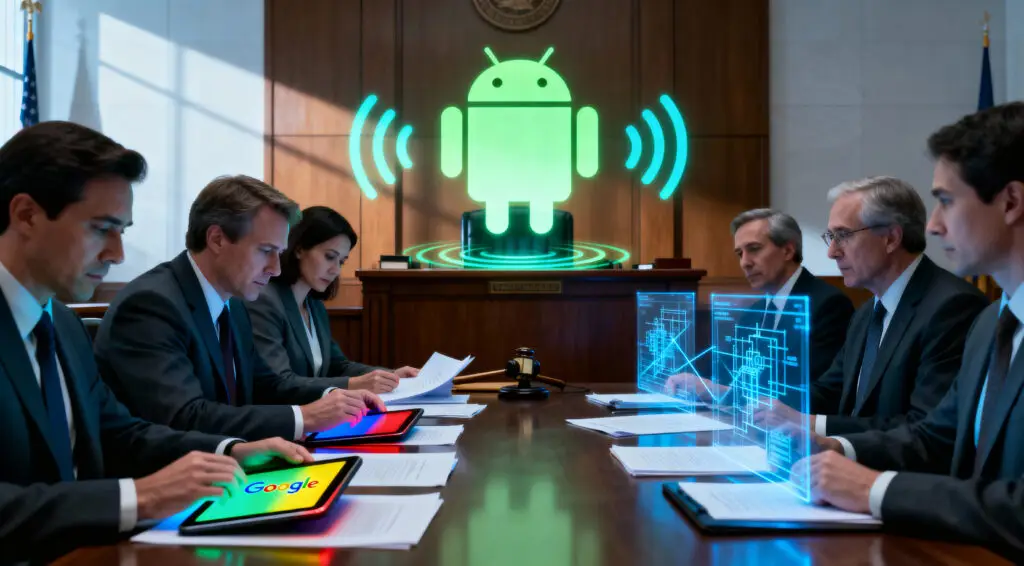AI Technology Adopted to Combat Gun Violence
In Ohio, where the rate of gun homicides and gun assaults ranks as the 16th highest in the country, according to data from everystat.org, some police departments are increasingly adopting artificial intelligence technology in their efforts to combat violent crime. Tools such as drones and sophisticated gunfire-detection systems are being implemented with the stated aim of enhancing public safety and better protecting communities. However, this technological shift is not without controversy, as activists are raising significant concerns that the deployment of such AI-powered surveillance tools could potentially lead to increased over-policing, particularly in already heavily monitored areas.
Community Activists Divided on Surveillance Tech
The debate over the use of AI in policing is starkly illustrated in cities like Dayton, where community activists Carlos Buford and David Fox hold differing views on the technology now looking back at residents. Carlos Buford, the founder of Black Lives Matter Dayton, expressed his apprehension regarding the pervasive nature of surveillance technology. “There’s always surveillance technology everywhere,” Buford stated, adding, “I think it’s so much that you become inundated with so much, you get tired of seeing those devices around.” Buford cited speed cameras as one example but pointed to another instance of police technology use that he believed went too far, leading his organization to take a stand.
The ShotSpotter Program in Dayton
That technology was ShotSpotter, an AI-powered system designed to pick up the sound of possible gunfire and immediately alert police. Dayton police utilized the ShotSpotter technology for a period of three years. During that time, the department reported a 55% reduction in crime specifically in the areas where the system was deployed. Despite the reported success in crime reduction, Dayton police ultimately discontinued the use of ShotSpotter.
In a statement explaining their decision, the department cited a combination of factors, including community response to the technology, changes in state law impacting its use, and budgetary considerations as reasons for ending the program. Buford confirmed that ending the use of ShotSpotter was a specific demand from his organization, stating, “We felt that that was part of the over-policing in our communities, and that was one of the Black Lives Matter Dayton 10-point demands for the Dayton police—to end the ShotSpotter program.”
ShotSpotter Adoption Grows Despite Concerns
Despite the concerns raised by activists and Dayton’s decision to discontinue the program, experts affiliated with Sound Thinking, the company behind ShotSpotter, report that more police departments are choosing to adopt the technology. Thomas Chittum, vice president of forensic services for Sound Thinking, defended the system’s performance and adoption rate. “More than 180 cities rely on it, and we know from measuring our performance across all of those cities and many years that the system maintains a high level of accuracy,” Chittum said.
This growing reliance on ShotSpotter is evident in other major Ohio cities; Cleveland police recently approved a budget allocating more funds towards the technology, and police departments in Cincinnati and Columbus are also actively utilizing the system.
Former Police Chief Advocates for Technology’s Return
For some, like David Fox, a former police chief, the potential benefits of ShotSpotter outweigh the concerns, particularly in the face of ongoing gun violence. Fox believes Dayton police should reconsider using the technology, arguing its value in combating crime. “So many people are getting shot all over the city, and anything that we can use to either deter, repress, or help in the investigation is well worth spending the money for,” Fox commented.
He acknowledged a potential drawback, noting, “If you and I were on the street corner near one of them, they can actually hear you talking, so that’s one of the downfalls, but other than that, just being a spotter is very beneficial.” Fox’s perspective highlights the view that the technology serves a crucial function in identifying potential crime incidents quickly.
Dayton Relies on Beat Officers as Others Embrace AI
In the interim, Dayton police officials have stated they are currently relying on beat officers as their primary strategy for addressing gun violence. Meanwhile, the broader trend among other police departments in Ohio and across the country continues to lean towards adopting technologies like ShotSpotter in their efforts to try and curb gun-related crime, underscoring the ongoing tension between leveraging advanced surveillance tools for public safety and addressing community concerns about privacy and potential over-policing.















